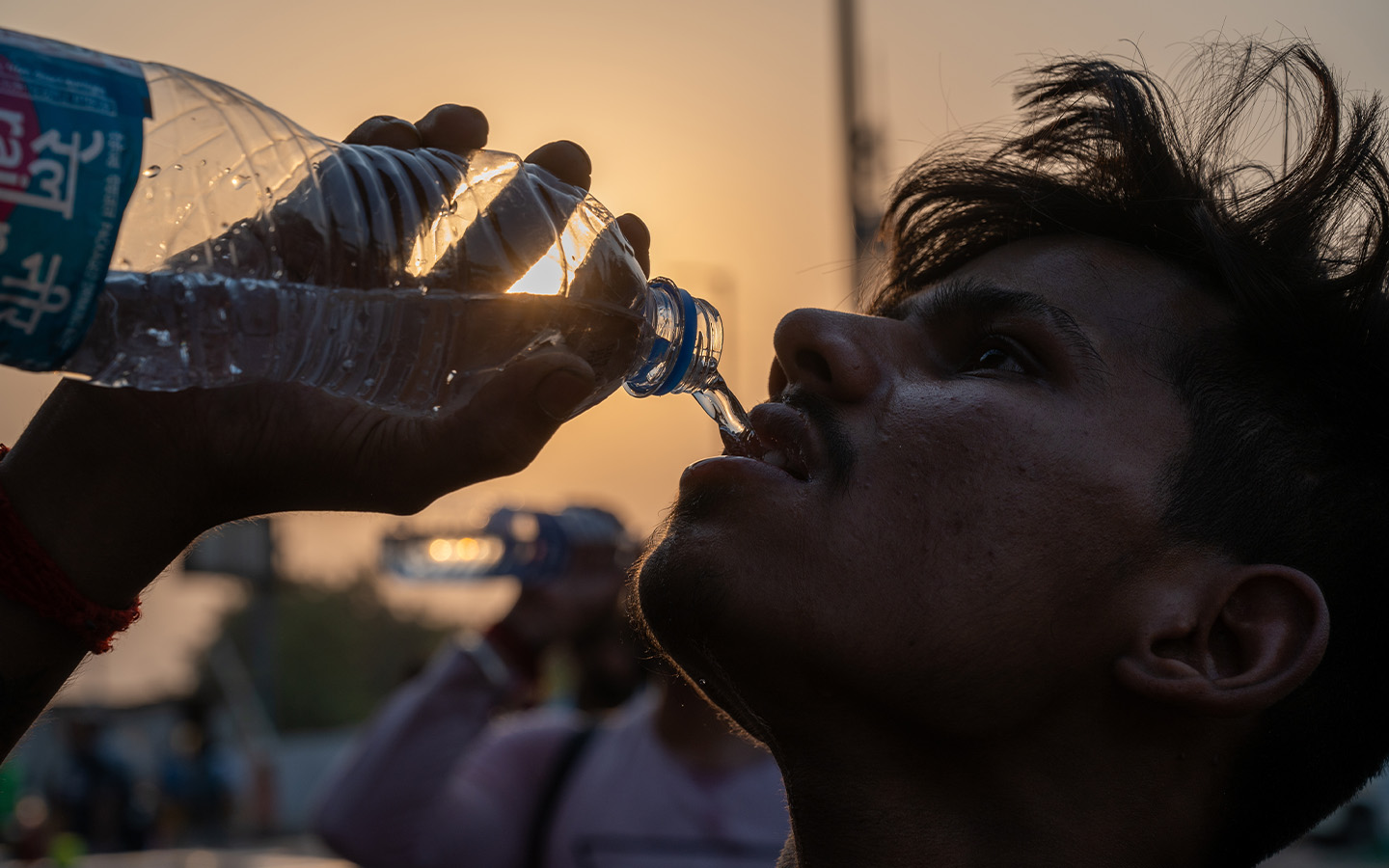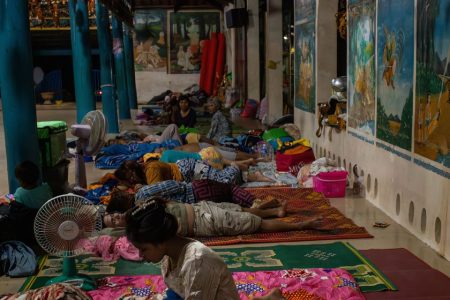The India Meteorological Department (IMD) warns of an intense heatwave this summer affecting most parts of the country, reports the BBC.
IMD head Mrutyunjay Mohapatra, speaking at a press conference on Monday, said several states would experience more heatwave days than usual this year. States like Uttar Pradesh, Jharkhand, Chhattisgarh and Odisha, stretching all the way from the Bay of Bengal in the south to the Nepalese border in the north, could see as many as 10 to 11 heatwave days.
“From April to June, most parts of north and east India, central India, and the plains of northwest India are expected to experience 2 to 4 more heatwave days than normal,” he added. India usually experiences a total of 4 to 7 heatwave days during the April to June summer period.
Last June, as the longest heatwave in Indian history dragged on, Mohapatra told the Indian Express daily that worse was yet to come. “Heatwaves will be more frequent, durable and intense, if precautionary or preventative measures are not taken.”
Extreme heat is the deadliest weather event, United Nations’ estimates putting annual global deaths at around 489,000. Those figures, however, derive from studies conducted between 2000 and 2019, and the world has only grown hotter in the years since, breaking records in 2023 and again in 2024.
[See more: The Asian heatwave is shattering meteorological records]
Heatwaves in India typically kill hundreds each year, yet last year, the country’s health ministry attributed only 143 deaths to heatwaves between 1 March and 20 June, despite temperatures soaring above 40°C for weeks on end and setting new high temperature records across India.
A report put out by NGO HeatWatch, which examined discrepancies between news and government data on heat-related deaths, put the total at 733 deaths across 17 states due to heatstroke.
Even this is likely an undercount, as it excludes heat-related deaths from worsened health risks from chronic conditions, intensified air pollution, increased risk of accidents and compromised essential health services. When accounting for all of these factors, death tolls from extreme heat can climb into the tens of thousands, as was seen in the 2022 European heatwave, estimated to have caused between 61,000 and 68,000 heat-related excess deaths.
More than half of those deaths, one study argued, were attributable to climate change, and the number killed by summer heat is expected to grow considerably as the world warms – a trend the rest of the world will likely mirror. India is the world’s third-largest greenhouse gas emitter, relying heavily on coal for power generation, and the largest country by population. “Human activities, increasing population, industrialisation and transport mechanisms are leading to increased concentration of carbon monoxide, methane and chloro-carbons,” Mohapatra told the Indian Express last year. “We are endangering not only ourselves, but also our future generations.”






